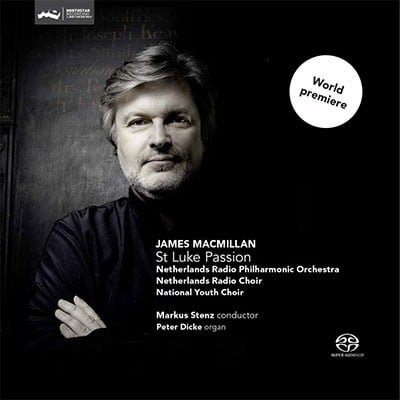St Luke Passion
(2012-13)for SATB chorus, children's choir, organ and chamber orchestra
Duración: 75'
Texto Musical
Orquestación
1.2(II=corA).1.2(II=dbn)-2.2.0.0-timp-org-strings
Abreviaturas (PDF)
Publicador
Boosey & Hawkes
Territorio
Este trabajo está disponible a través de Boosey & Hawkes
para el mundo.
Disponibilidad
Estreno mundial
15/03/2014
Concertgebouw, Amsterdam
Netherlands Radio Philharmonic & Choir / Vocaal Talent Nederland / National Jeugdkoor / Markus Stenz
Nota del repertorio
Citas de prensa
Temas
Grabación recomendada

Netherlands Radio Philharmonic Orchestra/Netherlands Radio Choir/
National Youth Choir/Peter Dicke/Markus Stenz
Challenge Classics CC72671
Enlaces

